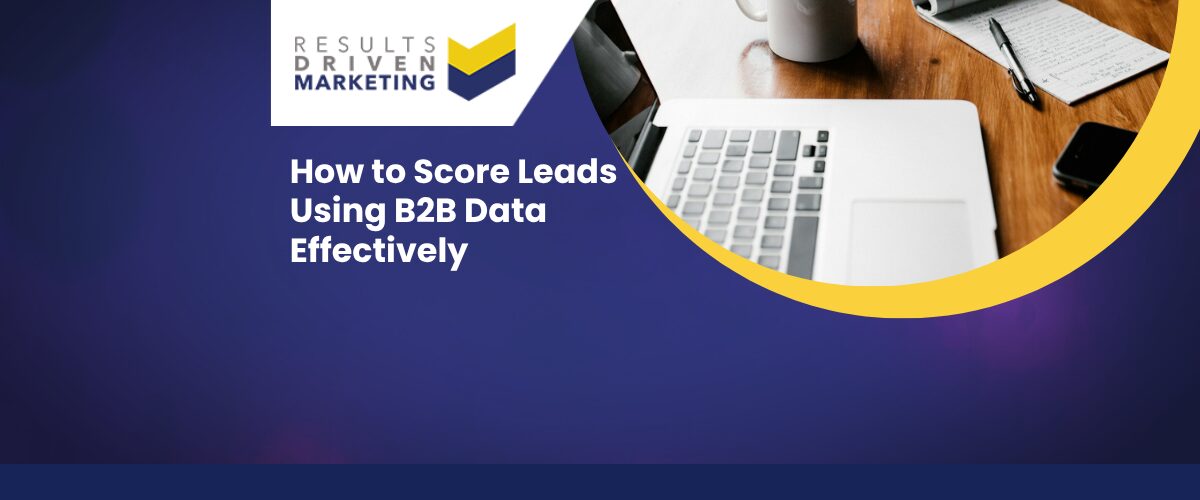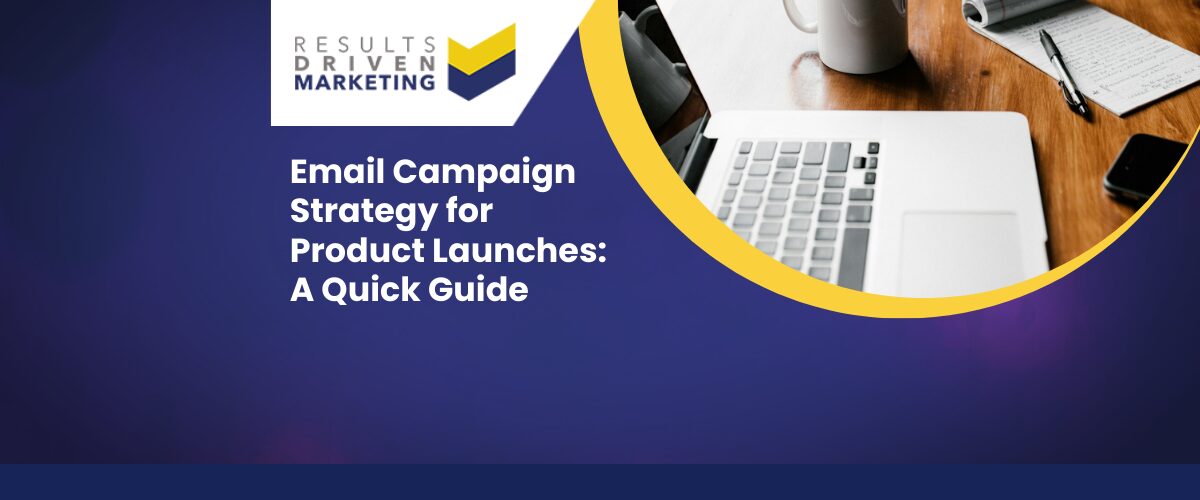When it comes to successful outreach, how to score leads using B2B data is one of the most overlooked yet impactful steps. Too often, SMEs buy data lists and treat every contact the same—burning through budgets and wasting time on low-value leads.
We get it. You’ve got a sales team that’s stretched, campaigns to run, and pressure to deliver results fast. But without a clear lead scoring system, your team is flying blind. The good news? Scoring leads doesn’t have to be complicated or technical. It just needs to be practical and aligned with your real-world experience of what makes a good customer.
In this guide, we’ll show you how to turn raw B2B data into actionable insight. You’ll learn how to score leads based on relevance, likelihood to convert, and real engagement—so your team focuses where it counts. And if you need a hand? Contact us—that’s what we’re here for.
Table of contents:
What Is Lead Scoring and Why It Matters
Lead scoring is the process of ranking your prospects based on how likely they are to become paying customers. In simple terms, it helps you sort the “hot leads” from the time-wasters.
For many SMEs using B2B data, this step is skipped entirely. They buy a list, send out emails or make calls, and hope for the best. But the reality is, not every contact is equal—and treating them that way costs time, money, and missed opportunities.
Lead scoring helps you:
-
Prioritise the most valuable contacts
-
Save time for your sales team
-
Improve campaign results
-
Focus on the right sectors, roles, and company sizes
It’s not about adding complexity—it’s about making smarter decisions with the data you’ve already got. Whether you’re cold calling, emailing, or posting out brochures, a simple scoring model gives you clarity and control.
The Foundations of a Good Lead Scoring System
Before you start assigning points and building spreadsheets, you need a solid foundation. That means understanding what makes a good customer for your business—and what data you can use to spot more like them.
A good lead scoring system is based on three key areas:
Firmographics
These are the basic business details that tell you whether a company fits your ideal profile:
-
Company size – Are they big enough to afford your product or service?
-
Industry sector – Is it a good fit for what you offer?
-
Location – Are they in your target region?
Role Relevance
Not everyone on a list is the decision-maker. Give higher scores to:
-
Directors, owners, or senior managers
-
Marketing or sales leads (if that’s your usual buyer)
Behavioural Signals
If you’re using email or multi-step outreach:
-
Did they open or click your email?
-
Have they responded before?
-
Are they visiting your website or LinkedIn?
These signals often indicate higher intent and help your team focus on those more likely to convert.
Think of B2B data as the raw material—lead scoring is how you shape it into something useful. And the more accurate your data to begin with, the more reliable your scoring will be.
Step-by-Step Guide to Scoring Leads
Step 1 – Define Your Ideal Customer Profile
Start with what you already know. Who are your best customers? Look at:
-
Industry
-
Business size
-
Location
-
Job titles that make buying decisions
Use this to create a clear profile of your “ideal” lead—this is your benchmark.
Step 2 – Assign Value to Key Data Points
Give each important factor a score—based on how well it matches your ideal customer. For example:
-
Role/title: Director = 10 pts, Manager = 6 pts, Other = 2 pts
-
Company size: 11–50 staff = 8 pts, 51–200 = 10 pts, <10 = 4 pts
-
Sector relevance: Core sectors = 10 pts, related = 6 pts, unrelated = 2 pts
-
Location proximity: Same region = 10 pts, rest of UK = 5 pts
You can add behavioural signals if available (e.g. opens/clicks = +5 pts).
Step 3 – Create a Simple Scoring Model
Keep it manageable. Out of 50 or 100 total points, what’s a high, medium, or low score?
-
70–100 = Hot leads (sales priority)
-
40–69 = Warm leads (nurture or follow-up later)
-
<40 = Low priority
Use Excel or Google Sheets if you don’t have a CRM—this doesn’t need to be high-tech.
Step 4 – Apply It to Your Outreach Lists
Score your existing data using the model. This helps your sales team:
-
Prioritise high scorers for direct calls
-
Assign warm leads to nurture campaigns
-
Save time by skipping low-value contacts
You’ll quickly see better focus, faster sales cycles, and less wasted effort. And once it’s set up, you can tweak and improve it as you go.
Common Mistakes When Scoring Leads
Lead scoring can make a big impact—but only if it’s done sensibly. Here are some common traps SMEs fall into, and how to avoid them:
Overcomplicating the Model
Trying to factor in too many variables can backfire. You don’t need a 20-point algorithm—just focus on what really matters (job role, company type, engagement). Keep it simple so your team actually uses it.
Using Poor-Quality or Outdated Data
Even the best scoring system will fail if the data behind it is inaccurate. If your contact info is wrong, job titles are outdated, or companies no longer exist, your scoring is meaningless. Start with clean, up-to-date data to get meaningful results.
Ignoring Engagement Signals
If someone’s opening emails, clicking links, or visiting your website—they’re showing interest. Don’t ignore these signs. Combine firmographics with activity to build a fuller picture of lead quality.
Not Reviewing the Scoring Over Time
Your market evolves. A good customer today might not look the same in six months. Review your scoring system regularly to make sure it still reflects your best-fit leads.
Avoiding these pitfalls keeps your scoring system focused, practical, and actually useful to your team.
Using Scored Leads in Campaigns
Scoring leads is only valuable if you act on the results. Once your data is scored, it’s time to use it to sharpen your outreach and make your campaigns more efficient.
Sales Teams: Prioritise Who to Call First
-
Focus your energy on high scorers—those most likely to convert
-
Schedule warm leads for follow-up or secondary campaigns
-
Avoid wasting time on low-scoring contacts unless you’re short on pipeline
Marketing Teams: Segment and Personalise
-
Email campaigns: Send tailored messaging to high, medium, and low-score segments
-
Direct mail: Use higher-value assets (e.g., brochures) only for top leads
-
Nurture sequences: Set up drip emails for medium scorers to keep them engaged
Align with Your Tools
If you’re using CRM systems or a platform like Responder, your scoring can slot straight in. Use it to:
-
Trigger follow-up sequences
-
Track conversions from lead score to sale
-
Build reports on campaign effectiveness by score group
Scoring brings structure to your outreach. It helps your team act faster, follow up smarter, and improve results across the board.
Why Choose Results Driven Marketing
At Results Driven Marketing, we don’t just sell data—we help businesses turn it into sales. Our focus is always on helping SMEs like yours get better results from your outreach efforts.
Here’s what sets us apart:
-
Human-first support – You’ll speak to real people who understand your goals, not just automated forms or call centres.
-
Highly targeted data – Every list is tailored to your industry, audience, and preferred marketing method—whether that’s email, phone, or post.
-
Built for action – Our data is designed to be used in lead scoring, outreach, and campaign targeting straight away.
-
Speed and accuracy – Your data is delivered within 24 hours, GDPR and CTPS compliant, and checked against a 40-point quality process.
-
Real-world advice – We’ve helped hundreds of SMEs go from guesswork to growth with practical data strategies.
When you need more than just a spreadsheet—when you need results—we’re here to help.
Final Thoughts: Scoring Makes Outreach Smarter
To get the most from your campaigns, you need more than just contacts—you need clarity. Knowing how to score leads using B2B data effectively puts you back in control. It means your team spends less time chasing dead ends and more time closing the right deals.
Lead scoring helps you:
-
Focus on high-value prospects
-
Improve ROI across sales and marketing
-
Build a more predictable, efficient outreach process
It doesn’t require complex tools or technical know-how—just a clear system, quality data, and a bit of discipline.
Need a clean, targeted list to get started? Check out our email lists built specifically for UK SMEs. Or if you’re ready to talk through your goals, contact us for a no-pressure chat.
Results Driven Marketing
Helping SMEs go from bad data to more customers and profits
📍 Newcastle (Cobalt Business Exchange)
📞 0191 406 6399
🌐 rdmarketing.co.uk






